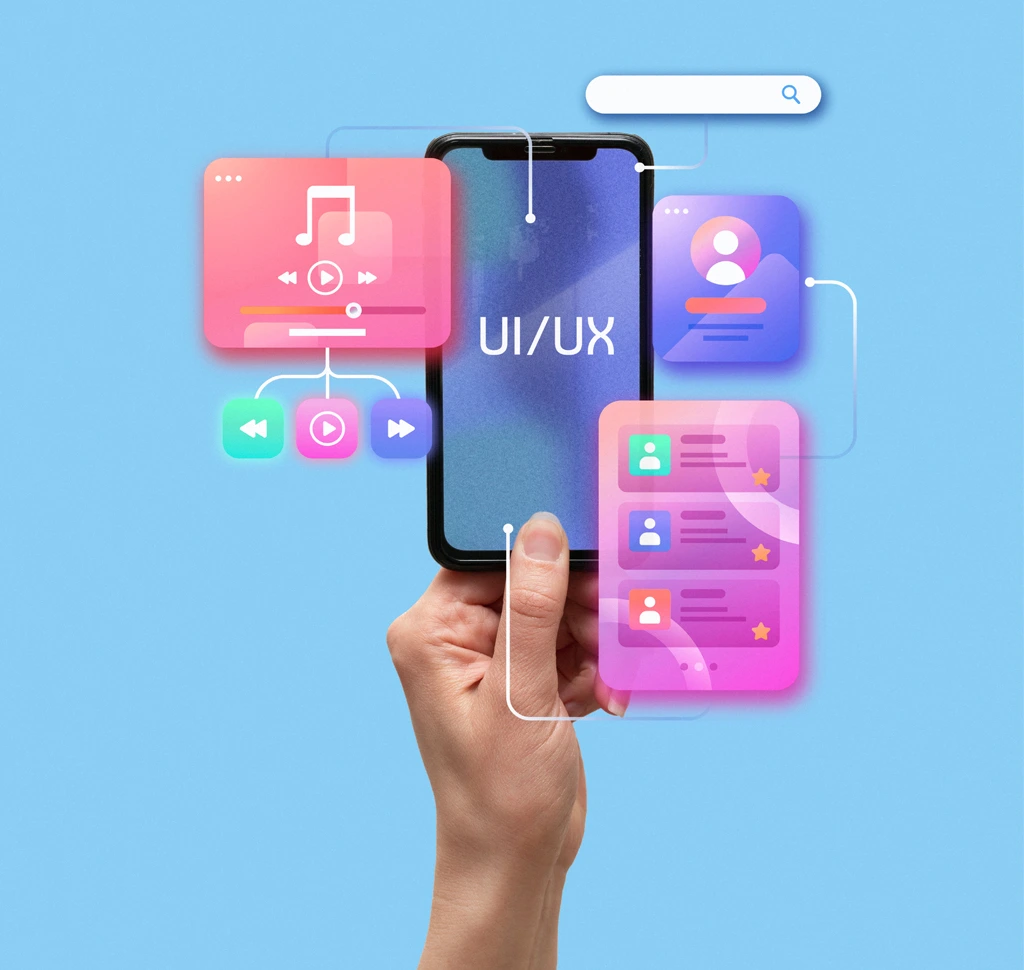The new web technologies have had a significant effect on the digital landscape and improved the standard of doing business. You may be surprised to know that many of these web development trends are already out there. While some technologies die, others, with new and improved features, can last a long time. It’s only logical that any organization would need to keep abreast of the latest web development trends in order to remain up-to-date in the ever-evolving digital business ecosystems and search engines. They’re only going to get more popular in the coming years, so it’s more important than ever to adapt these best practices. Let’s take a closer look at some of the trends that will shape the web development landscape in 2024. In this blog post, we’re going to dive into some of the key trends that are set to shape the future of web development.
1. AI-Powered Web Experiences
In the past, artificial intelligence (AI) was usually brought up while discussing the direction of technology. Ultimately, though, I believe it is justifiable. Ultimately, a number of the largest digital firms, including Microsoft, Google, and Meta (previously Facebook), have begun making their generative AI technologies available to the general public. Web development is still being revolutionized by artificial intelligence (AI), which provides individualized user experiences. Anticipate AI to power websites that feel genuinely responsive, provide intelligent user interfaces, and power dynamic content.
2. Progressive Web Applications (PWAs)
PWA is browser-based web apps (HTML5, CSS, and JavaScript). PWAs use the most up-to-date browser features and provide native app-like functionality and features. PWAs run in a standalone browser window (no address bar) and are almost indistinguishable from apps in appearance and functionality. There is desktop support for both Windows and Mac.
3. Voice Search Optimization
Voice search optimization is all about optimizing your online presence so that you show up in voice search results. The main goal is to get voice assistants, such as Google Assistant, Apple’s Siri, Microsoft’s Cortana, and Amazon’s Alexa, to pick your voice search query and/or read it aloud.
4. Motion UI
Adding animations and transitions to web interfaces to improve user experience and engagement is the main goal of the web development technique known as Motion UI, often called Motion User Interface or Motion Design. Motion UI will take the web by storm in 2024, adding an extra layer of interactivity and vibrancy to user interfaces.
5. Serverless Architecture
Developing and executing applications and services without the need to manage infrastructure is possible with serverless architecture. Though servers are still involved, developers no longer have to worry about them, therefore the term “serverless” is a little misleading. The server space is managed by the cloud provider, who also dynamically allocates resources as needed.
6. Mobile-First Design
When web developers use mobile-first design, they begin the product’s design from the mobile end, which has more limitations. Then, they increase its functionality and adapt it for tablet and desktop versions as well as other devices that might require a different set of dimensions. Two sub-concepts that help ensure that platforms adopt a “mobile-first” approach when developing online and digital platforms are responsive web design (RWD) and progressive advancements and graceful degradation. Together, these sub-concepts make up the concept of mobile-first design.
7. Cybersecurity Advancements
As cyber threats continue to evolve, so does our defences. Web development will continue to focus on advanced security measures to protect user information and maintain website security.
8. Blockchain Technology
Blockchain is a decentralized and secure framework that is revolutionizing web development. You can expect blockchain to revolutionize transactions and data storage.
9. Internet of Things (IoT) Integration
The network of physical objects, or “things,” that are embedded with sensors, software, and other technologies in order to connect and exchange data with other devices and systems over the internet, is known as the Internet of Things (IoT).
10. Virtual Reality (VR) and Augmented Reality (AR)
Two technologies that are revolutionizing the way we use screens are virtual reality (VR) and augmented reality (AR), which offer fresh and fascinating interactive experiences. As these technologies become more widespread, the boundaries between the digital and the physical will continue to blur. Many experts predict that they’ll continue to become more and more popular in the near future. As technology becomes more advanced, it’ll be exciting to see how they’ll be applied to both business and everyday life!
Conclusion
Technology is constantly evolving and improving itself to make your life easier. The digital revolution and web development technologies have had a huge impact on businesses. In this blog post, we have listed some of the most recent web development technologies we have seen. Most of these trends focus on mobile user experience (UX) optimization. In the future, some of these trends may focus on UX optimization for intelligent wearables or other devices we haven’t yet seen. If you are interested in web development or web design services for your business, contact us today to learn more about how our team is able to help you.


